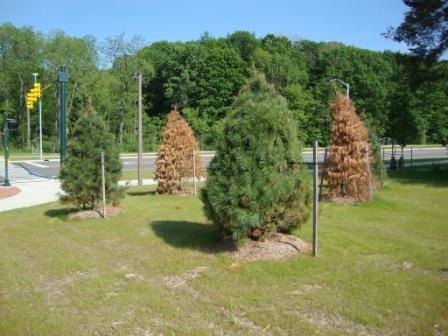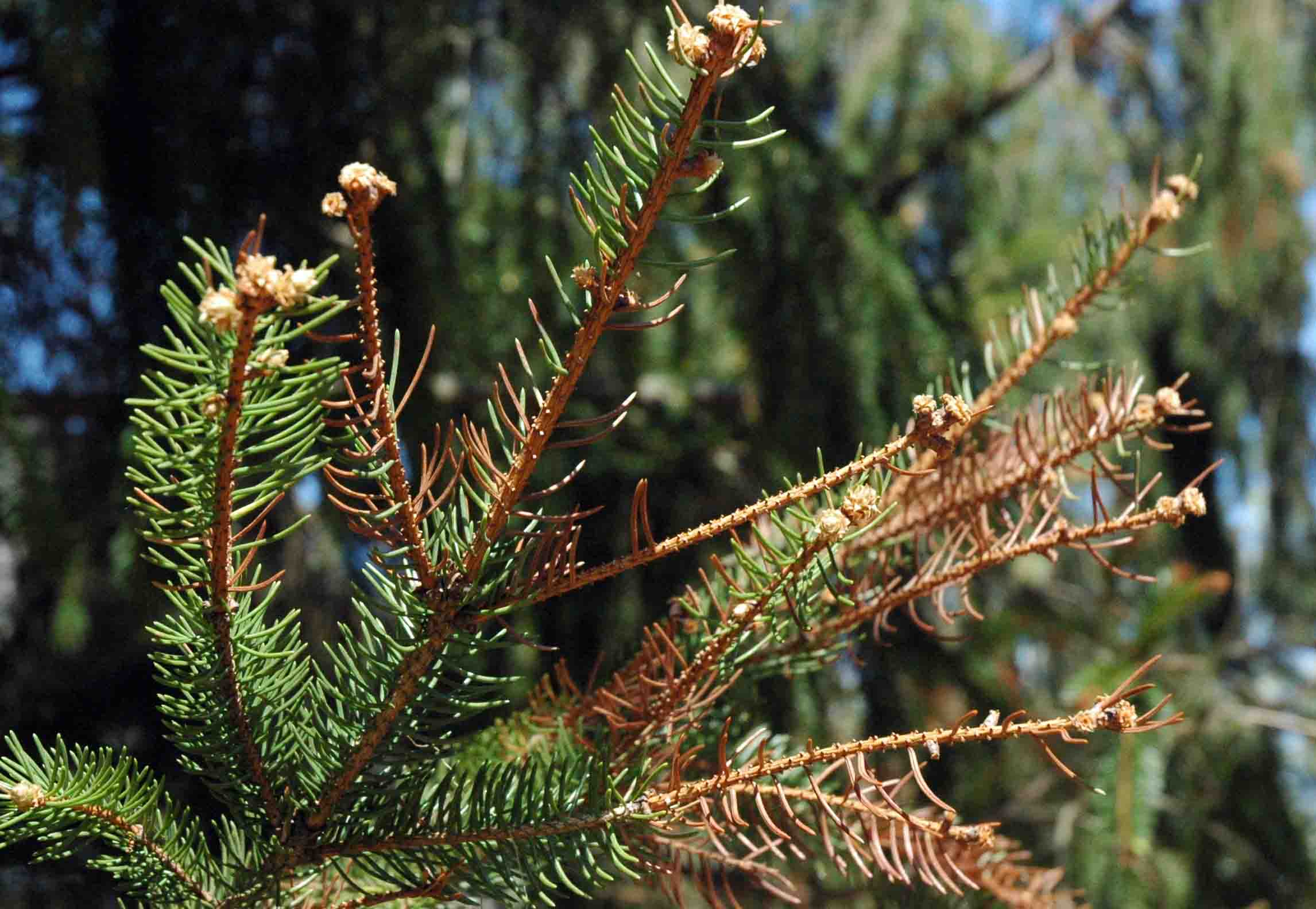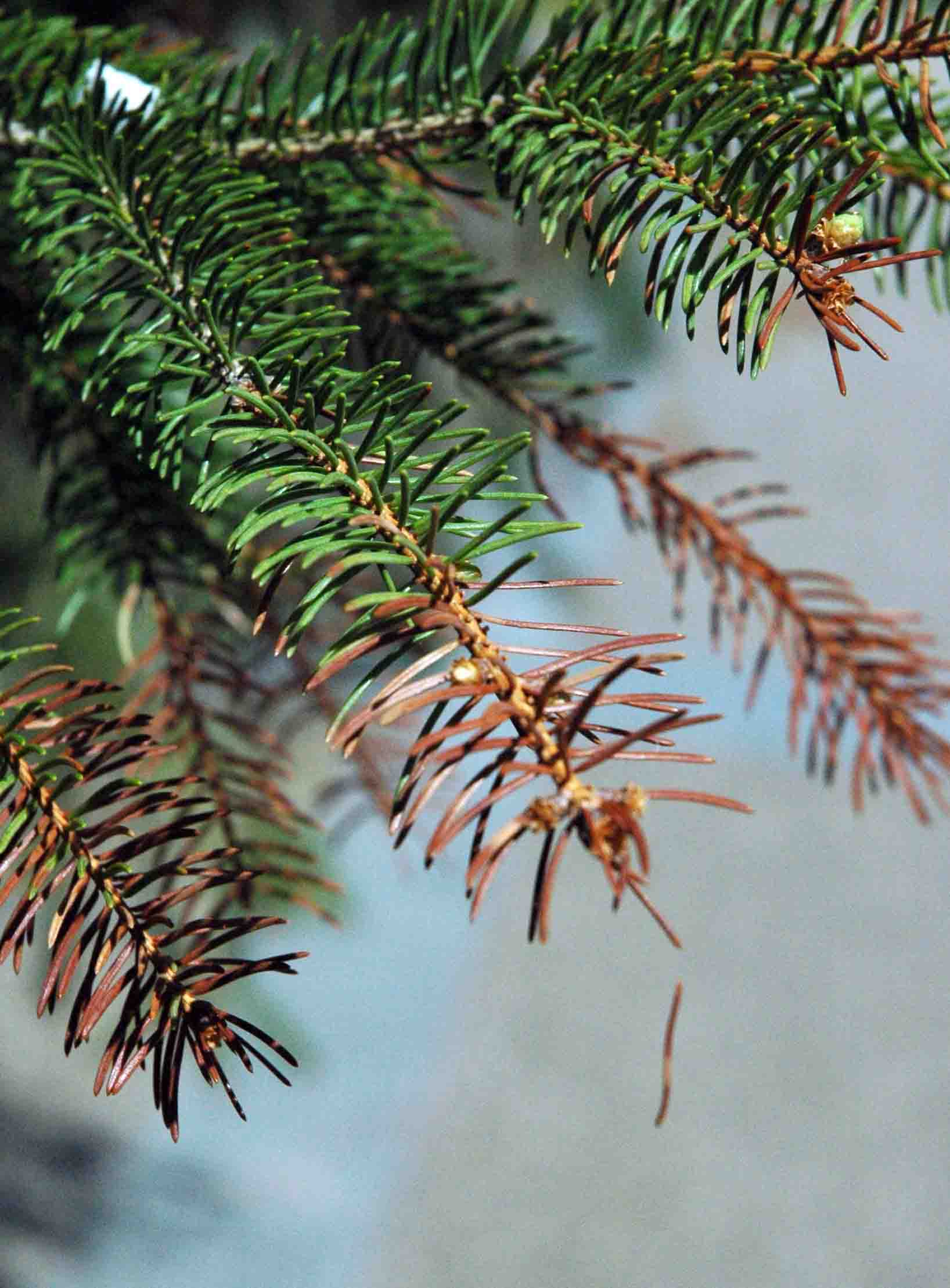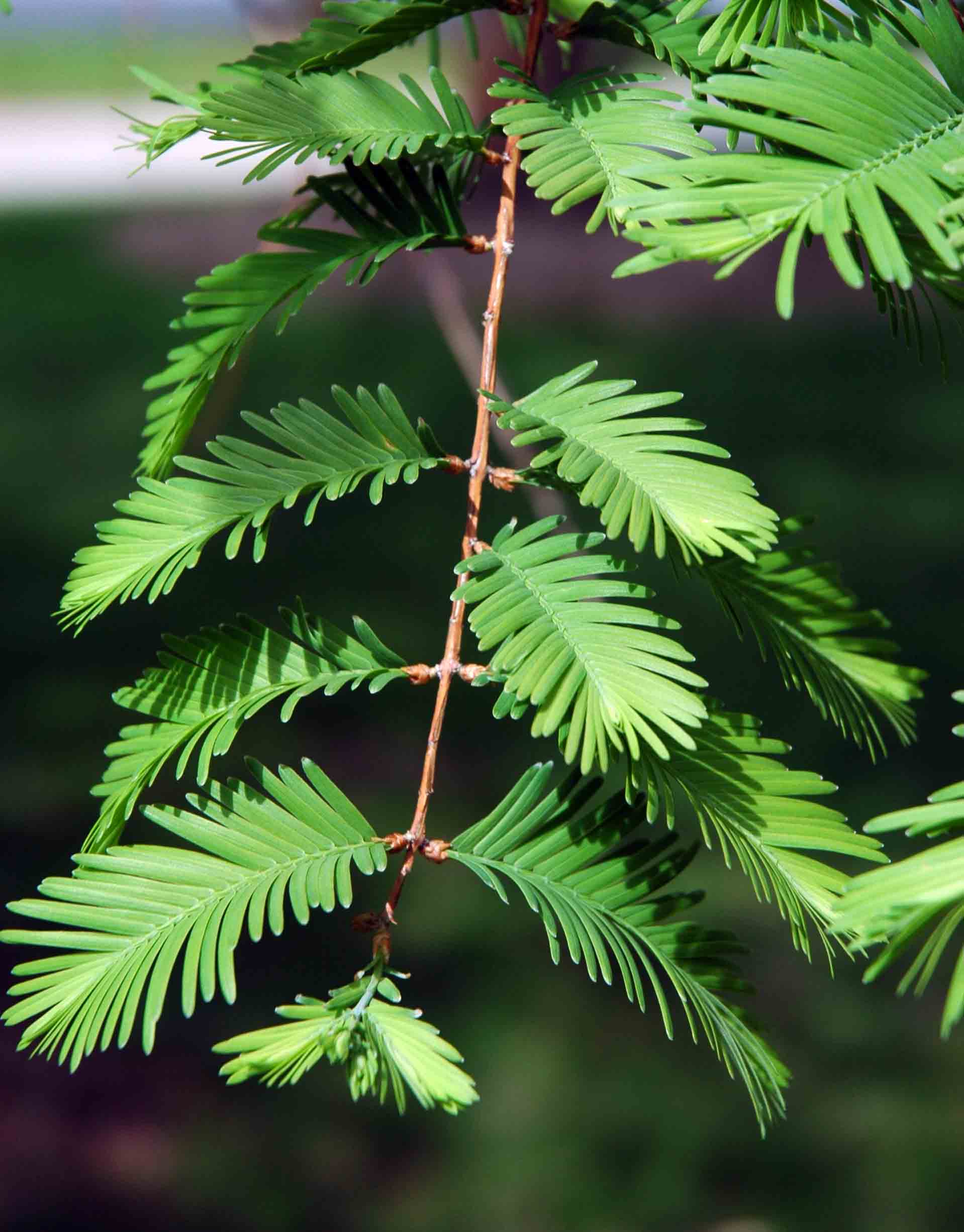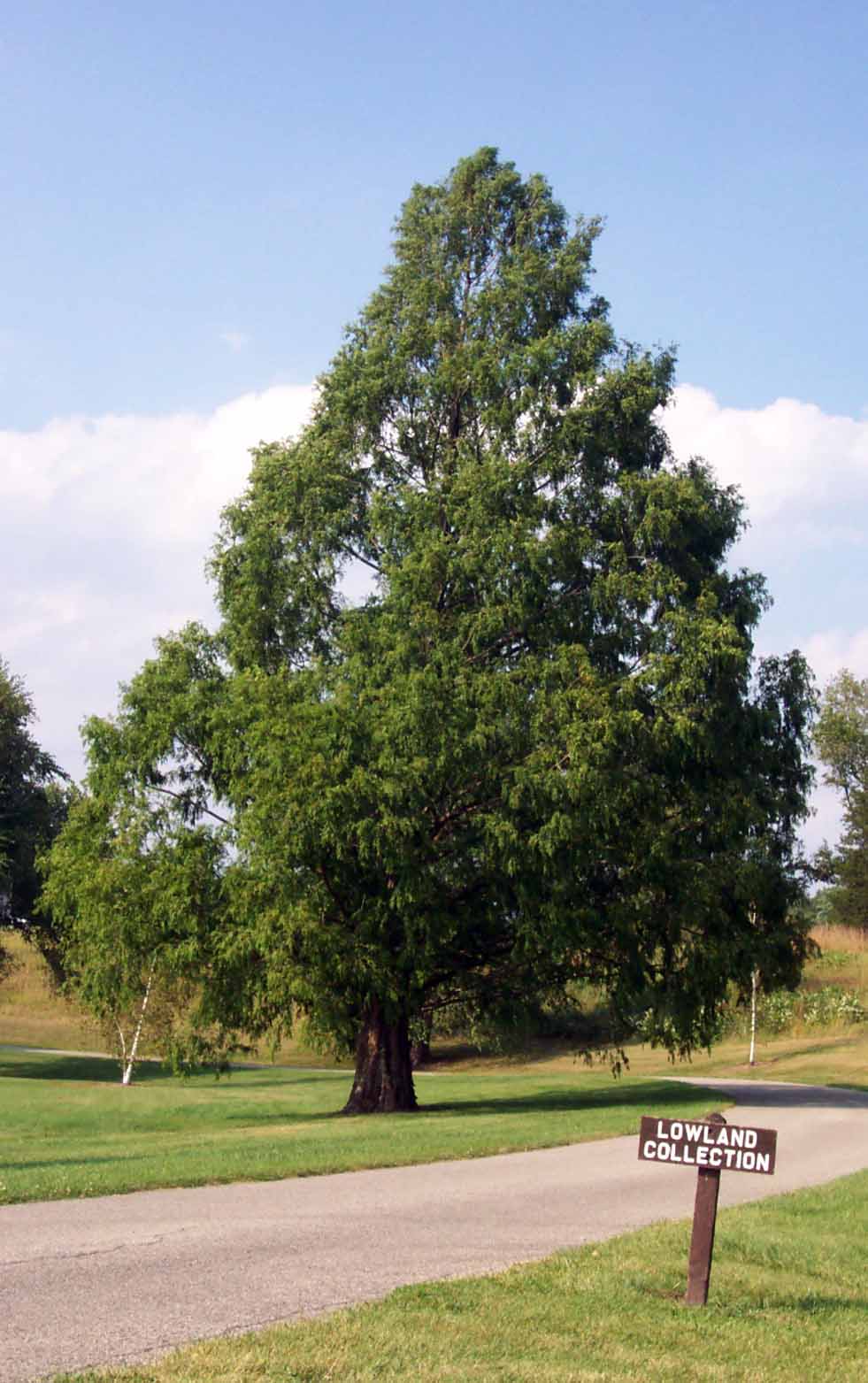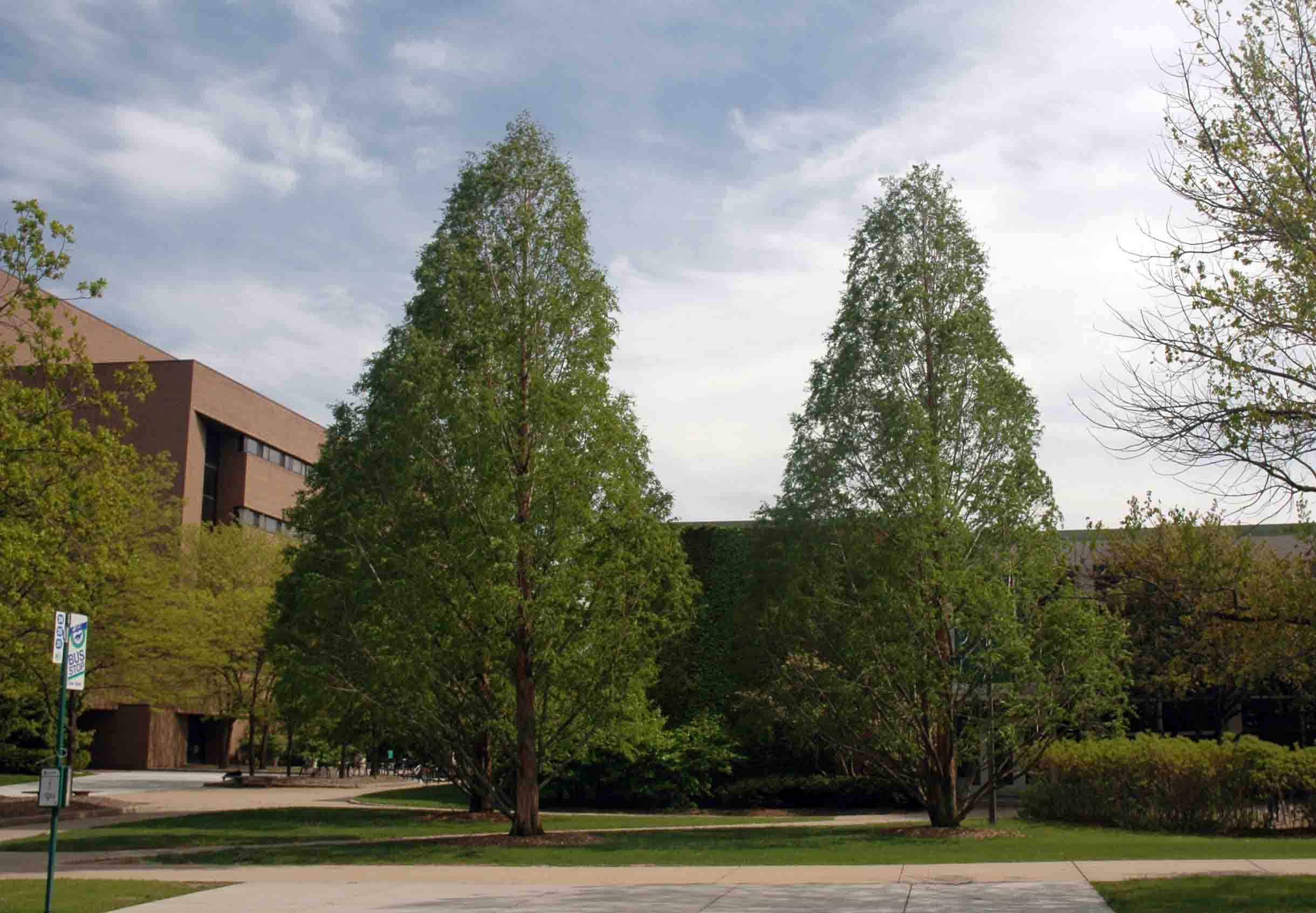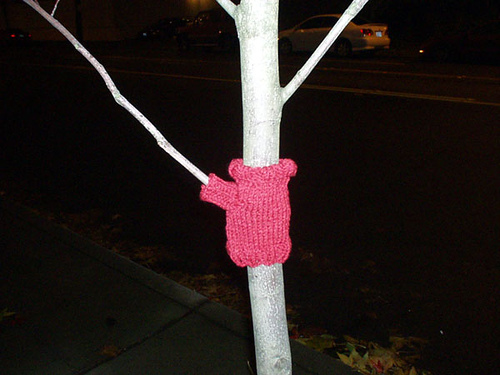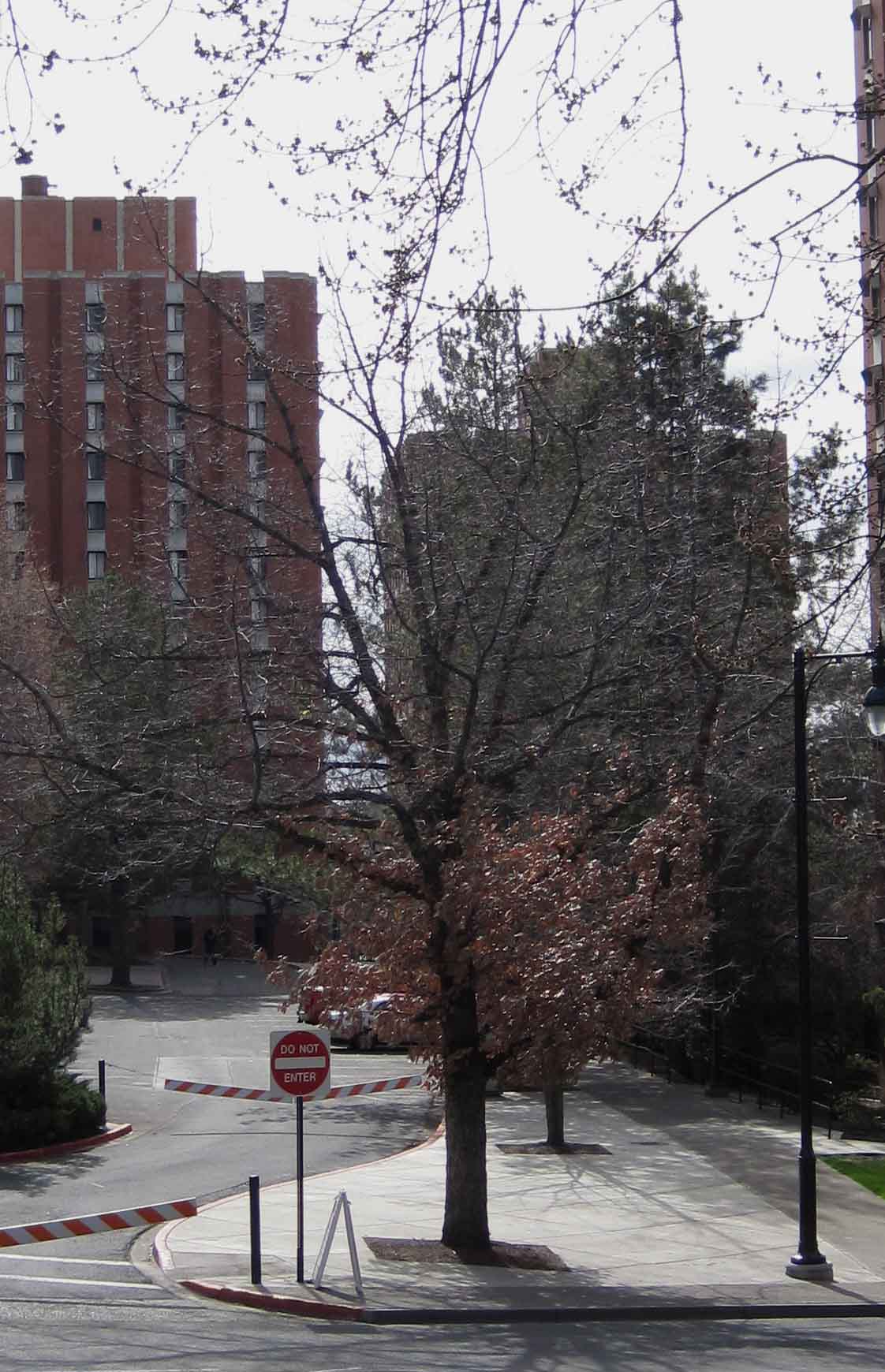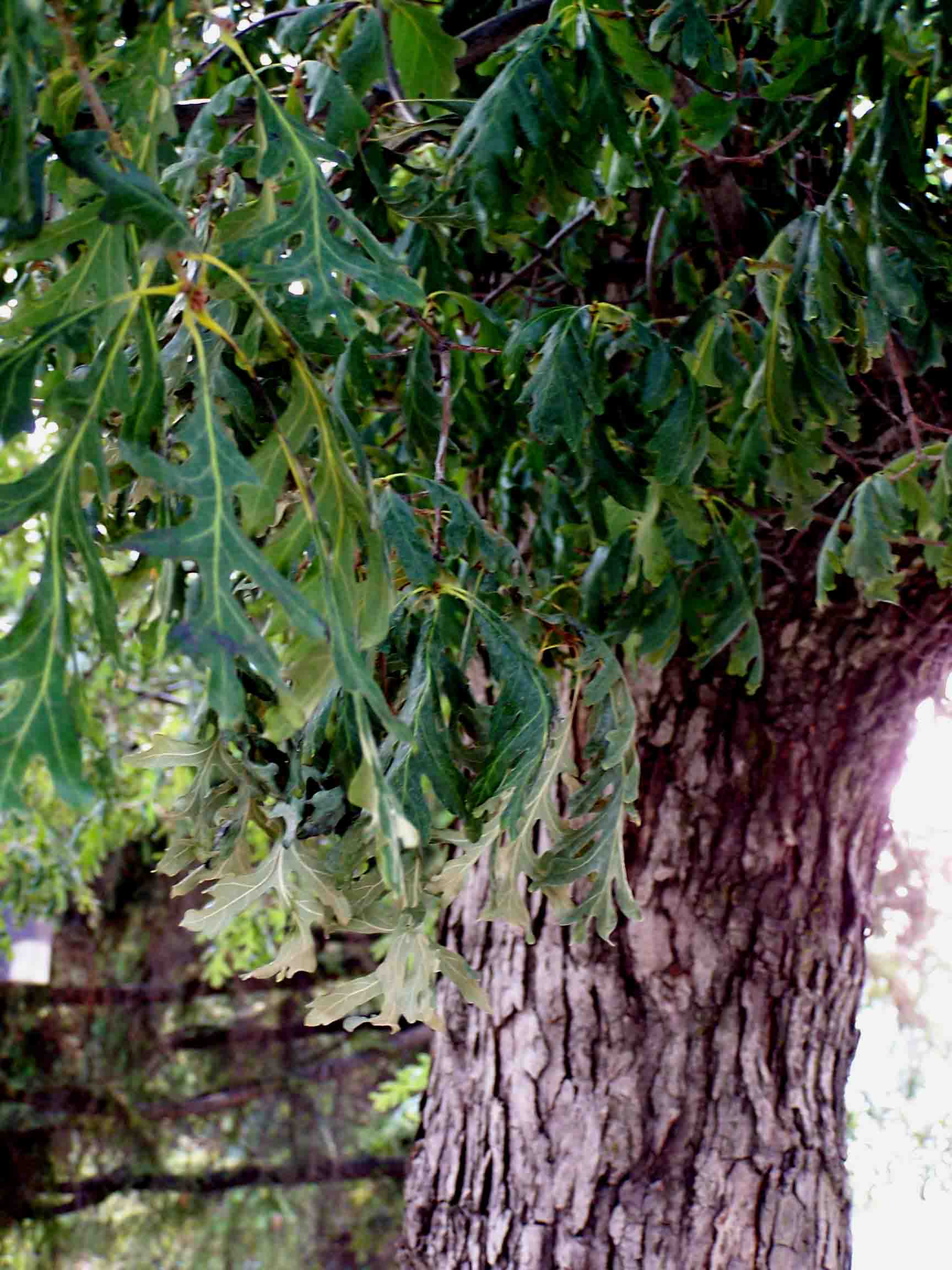This past weekend marked our first real bout with severe thunderstorms here in Mid-Michigan. Several lines of storms moved through the mid and southern part of the state and northern Ohio. The storms in southern Michigan and Ohio also spawned some tornadoes. Around here, storm damage was confined mainly to downed trees causing power outrages and some damage to homes and buildings.
Severe weather outbreaks provide some opportunities to observe tree failures and gain insights into how they can be prevented. Or, as Yogi Berra put it, “You can observe a lot just by watching”. I was at a little disadvantage in scouting out tree damage from out most recent storm because we were traveling over the weekend and I wasn’t able to get out and about to survey damage until Monday evening. As it turns out the area most heavily affected by the storm is also fairly affluent. Folks in these neighborhoods don’t tolerate downed trees lying around very long. Nevertheless, I did make a couple of interesting finds.

A common sight after a storm in this area is wind-throw in shallow-rooted species, such as spruce and pines. We didn’t see a lot after the current storm, which was probably due to the fact that the storm moved through quickly – most of the high winds lasted only a few minutes – and the storm was not preceded by prolonged heavy rains.

I don’t have any specific data but I have seen several cases where wind-throw was occurred on trees in which mulch was underlain with landscape fabric. Perhaps coincidence, but another strike against the stuff in my mind.
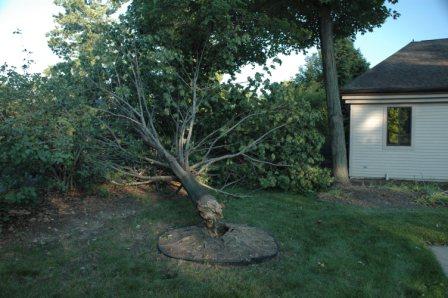
This maple provided one of the best (or worst) examples I have seen of planting too deep. The tree snapped off about 6” below ground line.
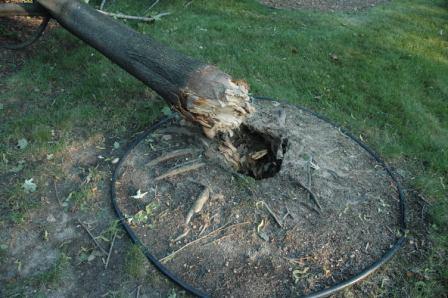
Note that there are plenty of pretty stout roots that look like structural roots near the surface, but none of these originated near the current ground line. The tree was on private property and time constraints prevented me from getting permission to do an excavation, nevertheless, it would be interesting to try to find the original root flare.
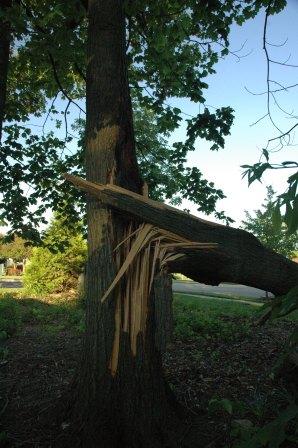
By far the most common problem in this storm, and most of our typical thunderstorms, was large limb breakage associated with narrow crotches. This occurred in a variety of species; oaks, maples, elms, pines. Narrow branch angles often form from multiple leaders, which results in weak branch attachment as included bark forms and gradually reduce the proportion of wood attaching the branch to the tree. The encouraging thing, or maybe discouraging depending on your point of view, is that this is one of the most easily preventable tree defects. Pruning double leaders or multiple leaders back to single leaders and eliminating other poor branch angles when small can easily prevent this type of breakage. For most of our garden-variety thunderstorms, eliminating narrow crotches would probably eliminate 50% or more of our tree-related storm damage.
